Toenail fungus can be stubborn, but with the right treatment and care, you can restore your nails to a healthy, beautiful state – and step into summer with confidence.
Others are reading now
Toenail fungus often starts as an innocent discoloration, but can progress quickly. Early treatment and good hygiene are key to great-looking feet all summer long.
What Is Yellow Toenail Fungus?
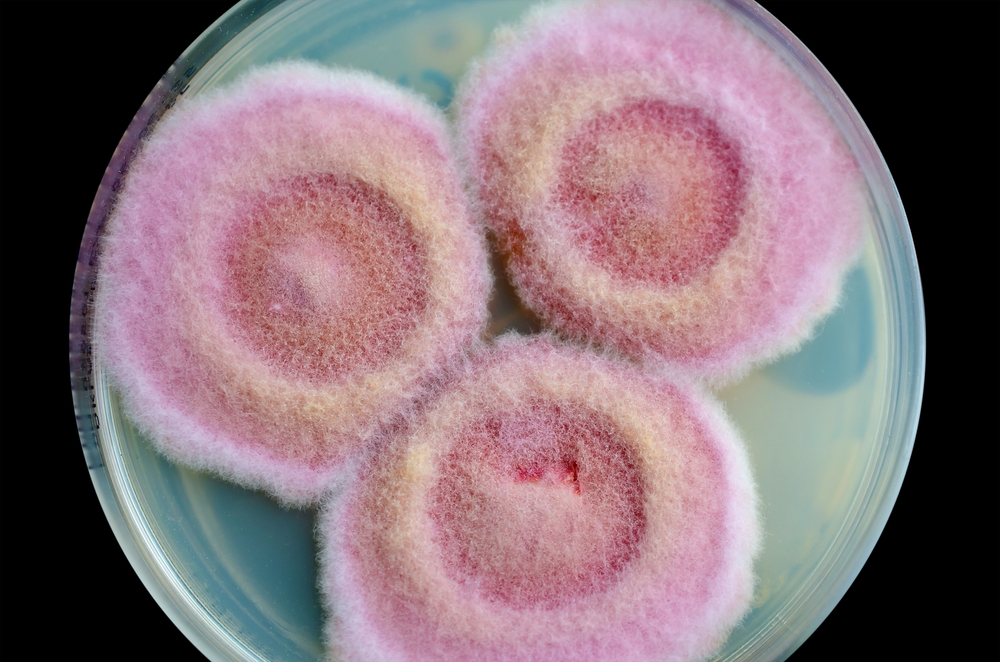
- Toenail fungus (onychomycosis) is a common infection of the toenails
- Most often caused by dermatophytes like Trichophyton rubrum
- Symptoms: discoloration (yellow, white, or brown), thickening, brittleness, and lifting of the nail
How the Infection Starts
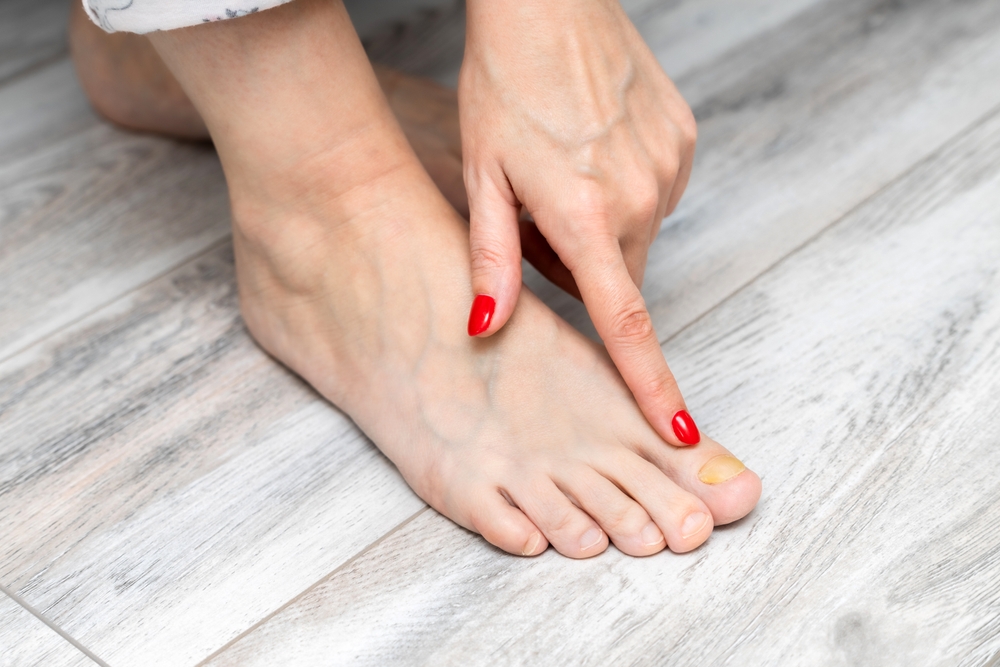
- The fungus enters under the nail from the tip
- First sign is often a pale streak moving toward the root
- If untreated, the nail can become deformed and painful
Risk Groups and How It Spreads

- Seniors, diabetics, and people with weakened immune systems are most at risk
- Warm, moist environments increase the likelihood of infection
- Walking barefoot in public places? That puts you in the danger zone
Prevention – How to Protect Yourself

- Always wear shoes in locker rooms and pool areas
- Thoroughly dry your feet and between your toes after bathing
- Keep your nails clean and dry
- Never share towels or foot care tools
Effective Treatment – Here’s What to Do
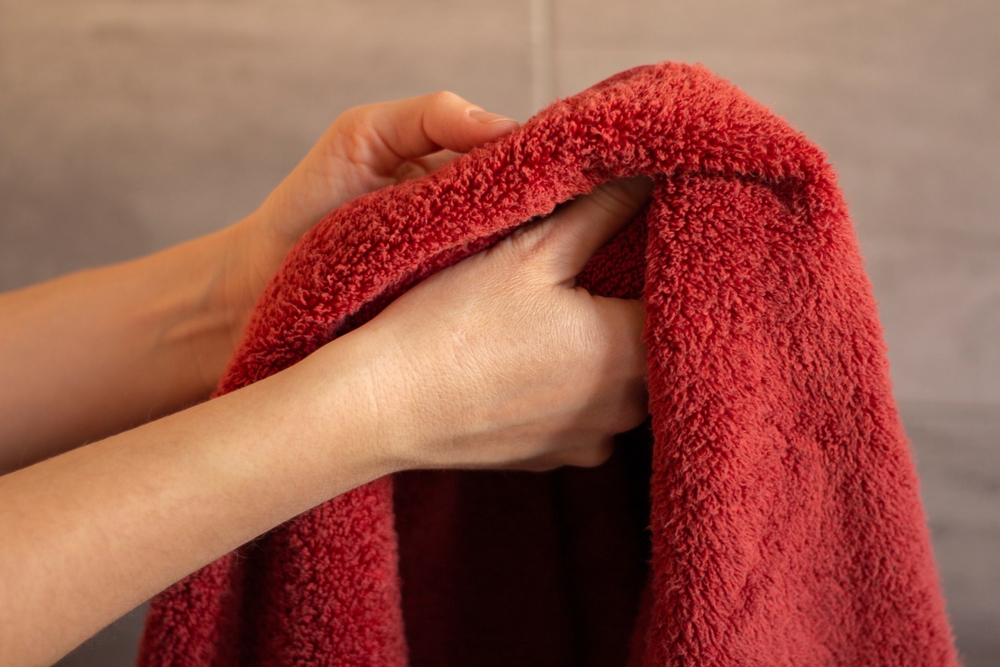
- Start treatment as early as possible
- Use antifungal creams, medicated nail polishes, or softening agents
- Always wash your hands after application and use a separate towel for your feet
- Inform close contacts to help prevent spreading the infection
When Should You See a Doctor?
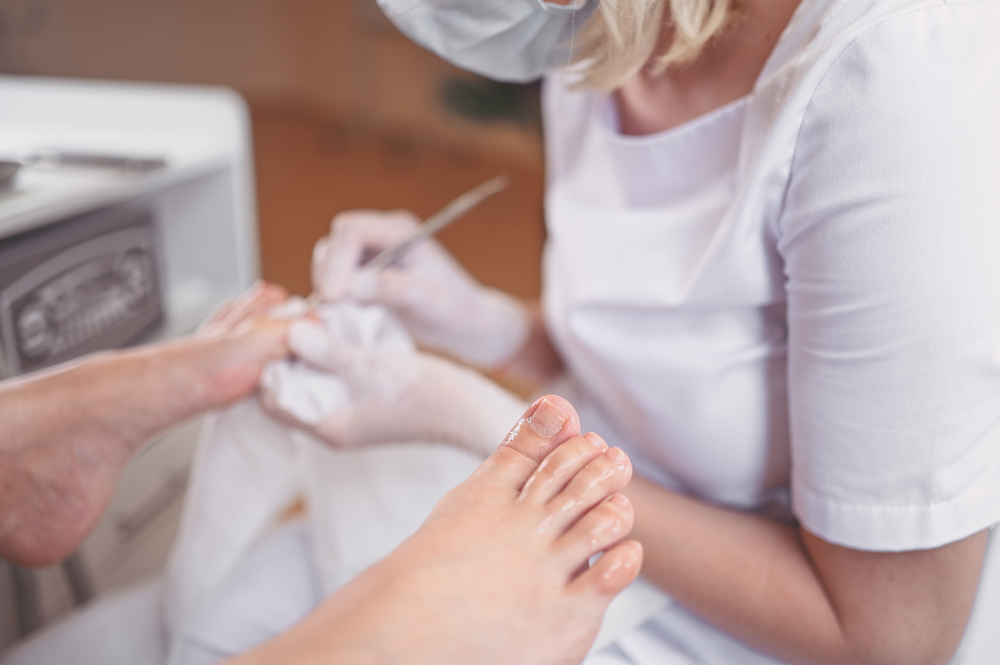
- If multiple nails are affected
- If there’s no improvement after several months of treatment
- Your doctor may prescribe oral medication for more effective results
Ready for Sandals and Summer?
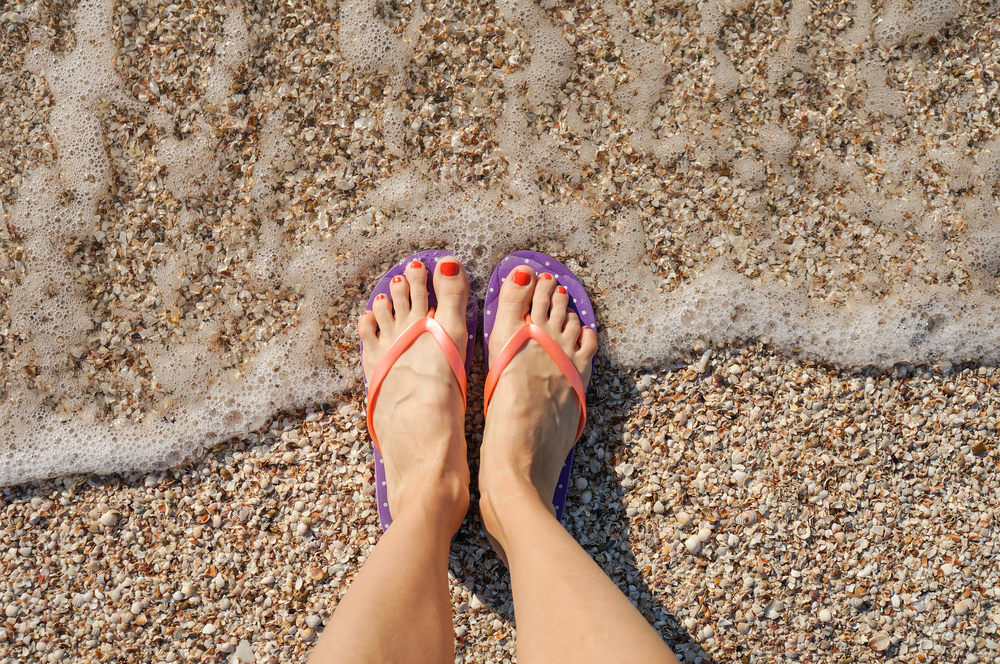
- Patience and consistency are essential
- Starting early leads to better outcomes
- With proper care, you can achieve beautiful, healthy nails – and greet summer with confidence
Early Action Means Better Results
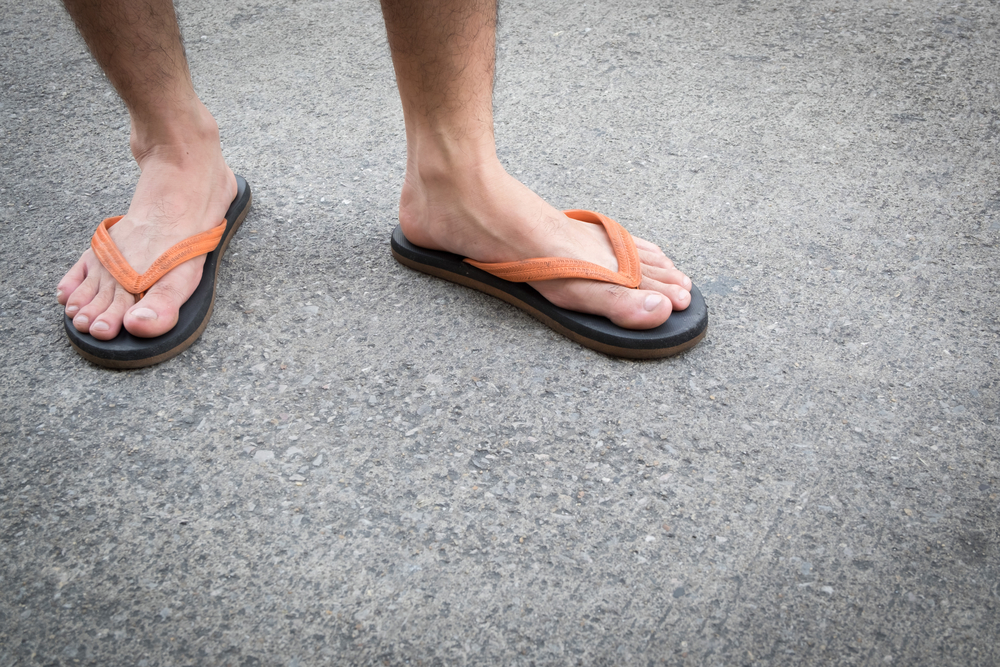
- Toenail fungus is common but requires persistent treatment
- It spreads easily in moist environments and with poor hygiene
- Treatment takes time and dedication – but it works
- Prevention and early action are key to great-looking results


